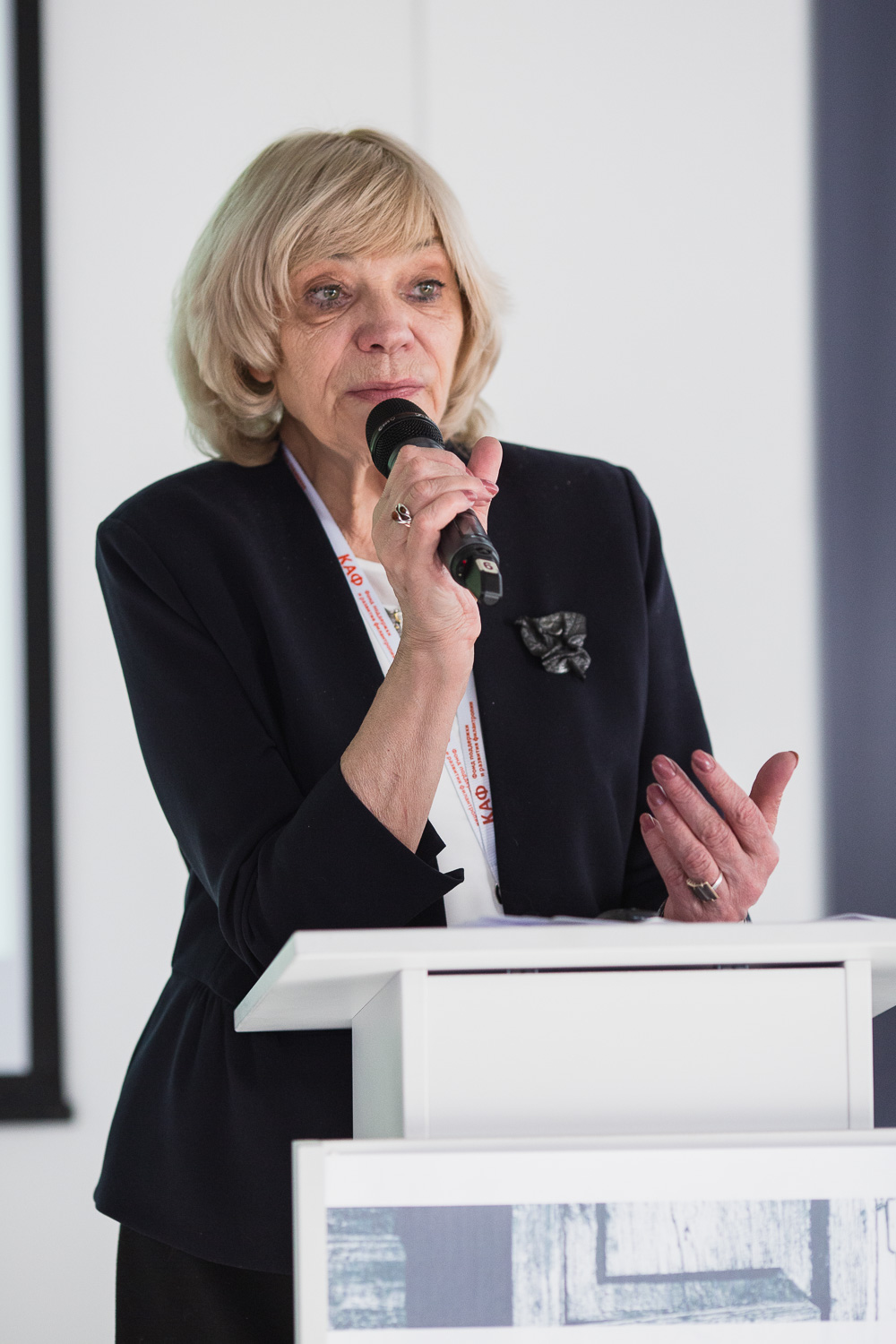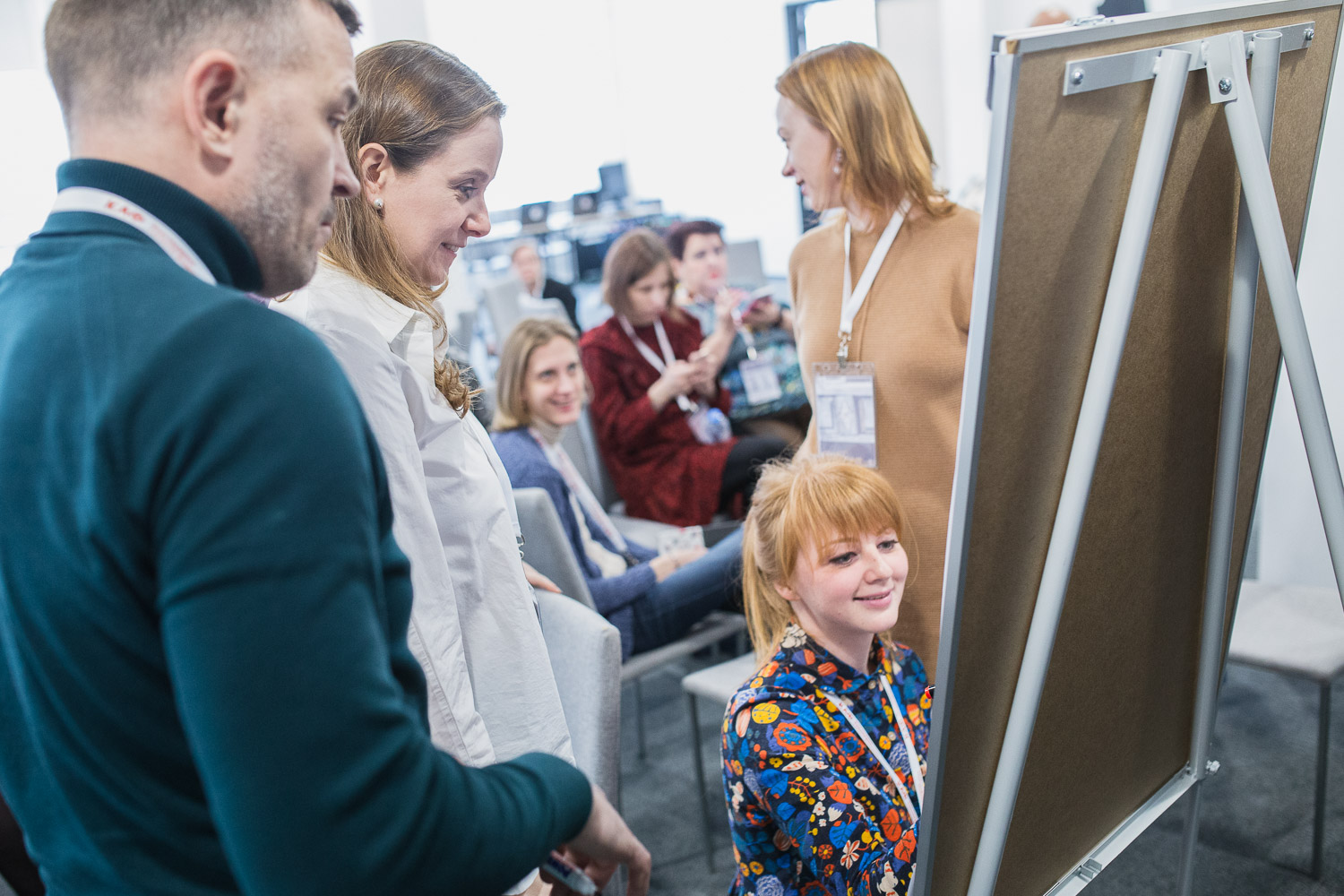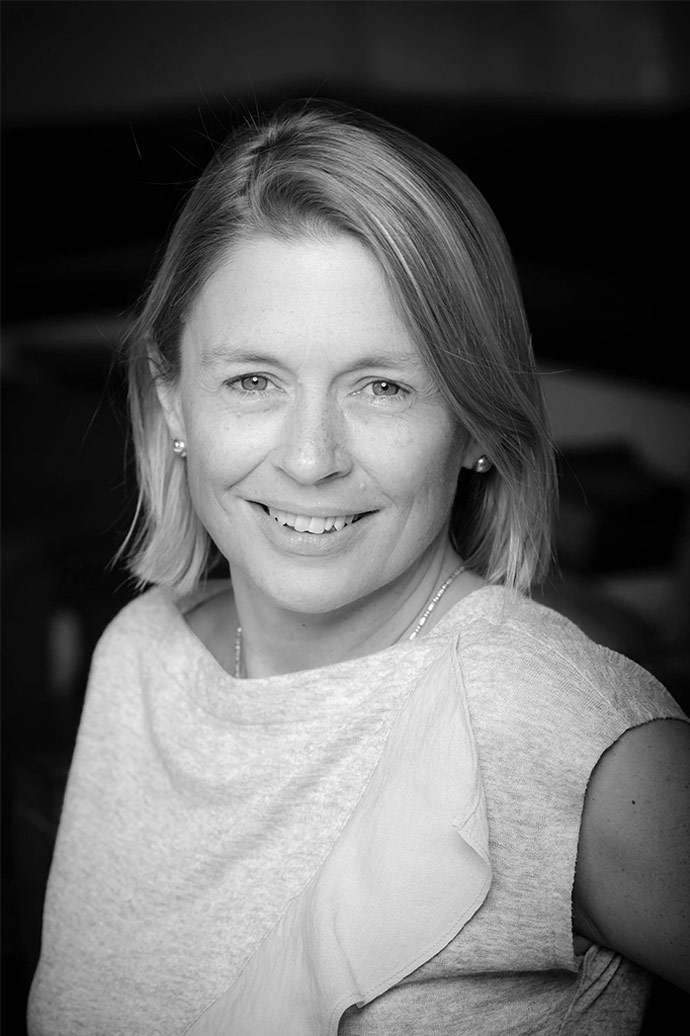A lesson in vision and patience: The well-kept secret of Russian community foundations
05 Mar 2019
 Celebrating 20 years of community foundations in Russia
Celebrating 20 years of community foundations in Russia
I had never heard of community foundations until I worked in Russia. It was May 1998, and I was starting a new job in Moscow as the co-director of CAF Russia, the independently-minded branch of the UK charity, the Charities Aid Foundation. I was sitting across the table from Olga Alexeeva, my fellow co-director, and she drew a picture of a three-legged stool on a paper between us. The community foundation was the stool, she explained, its legs representing the state, the private sector and civil society respectively. All quite simple and obvious perhaps, but at the time not even a decade had passed since the breakup of the Soviet Union and this was cutting-edge thinking.
Design rather than mimicry
In the 1990s, Russia was going through both turbulent and exciting times. It was in the throes of a transition from communist rule to democracy, from a centrally planned economy to a market based one. The very idea of “community” was open to new interpretation – a place and people, yes, but also a space in which the newly minted civic and private sectors bumped up not only against each other but also the weakened Russian state. New rules for engagement were needed, and the multi-stakeholder governance structure of the community foundation concept offered a compelling institutional design that required leaders from all three sectors to set aside their own parochial interests and come together in pursuit of the larger collective good.
 Larisa Avrorina: community foundation “network weaver” at CAF RussiaAs the global community philanthropy movement has emerged and evolved over the past two decades, it has been accompaneid by an increased understanding of the limitations of earlier narratives that saw the community foundation as an “American idea that went global.” While that is certainly part of the story, it is not the full one. Not only can it mean that long-established traditions and cultures of giving and self-help being overlooked, but it also underplays the importance of strong and visionary leadership in not just adopting a model but rather producing something new that is inspired and shaped by both external inputs and local realities. This being Russia, a sardonic humour and a deep resistance to being “taught” by outsiders characterized the community foundation development process from the start. But it was also accompanied by a clear understanding among those who led the effort to develop community foundations in Russia that they would only work if they were designed for and adapted to both what was a unique current environment and an uncertain future. Russian community foundations would need to look and feel Russian and they would need to bring in local people and local resources from the start.
Larisa Avrorina: community foundation “network weaver” at CAF RussiaAs the global community philanthropy movement has emerged and evolved over the past two decades, it has been accompaneid by an increased understanding of the limitations of earlier narratives that saw the community foundation as an “American idea that went global.” While that is certainly part of the story, it is not the full one. Not only can it mean that long-established traditions and cultures of giving and self-help being overlooked, but it also underplays the importance of strong and visionary leadership in not just adopting a model but rather producing something new that is inspired and shaped by both external inputs and local realities. This being Russia, a sardonic humour and a deep resistance to being “taught” by outsiders characterized the community foundation development process from the start. But it was also accompanied by a clear understanding among those who led the effort to develop community foundations in Russia that they would only work if they were designed for and adapted to both what was a unique current environment and an uncertain future. Russian community foundations would need to look and feel Russian and they would need to bring in local people and local resources from the start.
The first community foundation was established back in 1998 in Togliatti, a city in the Volga region named after an Italian communist, and home to Russia’s largest car manufacturer, and was quickly followed by others. There are now some seventy community foundations across the country, big and small, operating in urban and rural settings, all building philanthropy at the local level and all supporting community initiatives through small grants and other kinds of supports.
More haste, less speed?
In recent years, the climate for civil society has become increasingly challenging for civil society in Russia. The 2012 “foreign agent” law is one of many disincentives for NGOs to work on anything that does not align with the “national interest” and it is also among the growing instances of restrictions on civil society globally, particularly those working on human rights and social justice issues.
This global contraction of civic space has also started to prompt a growing realization among funders that perhaps they were also unwittingly contributors to the situation, both globally and specifically in Russia. Was there too much investment in creating organizations that looked and sounded like the donors who funded them, rather than the people they were meant to serve? Did the emphasis on professionalized civil society come at the cost of neglecting the development of grassroots NGOs that had their own base of public support?
 Cheers to 20 years! With Maria Chertok, CAF Russia (L) & Jenny Hodgson
Cheers to 20 years! With Maria Chertok, CAF Russia (L) & Jenny Hodgson
A celebration and lots of possibilities
Earlier this month, CAF Russia celebrated twenty years of Russian community foundations at a Forum on Community Philanthropy which I was fortunate enough to attend. It was held at the fabulous Blagosfera centre in Moscow and brought together community foundation practitioners from across the country: the original, now very established, trailblazers from Togliatti, Tuymen, Penza and Perm etc. as well as new and emerging initiatives from remote and isolated rural communities looking to community philanthropy as a set of organizing principles for re-igniting the flame of community where it has perhaps faded.
Several things struck me over the course of the two-day event, which moved between the sharing of hard skills (including workshops on giving circles, annual talent shows and community plays and GivingTuesday) and the shared vision of a bright future.
- There are seventy community foundations in Russia. Yes, seventy. In a country where – for a variety of reasons – international funding has always played a very limited role. Restrictions on civic space are, of course, of concern but the success of Russia’s community foundations, which are rooted in and supported by the communities they serve, should be celebrated, shared and studied beyond Russia’s borders. Also worthy of study is the role that international funding and support networks played over time: there was never a lot of funding but it was almost all focused on building strong local institutions rather than delivering projects. (A 2014 report by CAF Russian concluded that over the previous ten years, community foundations had mobilized US $16.5 million from local resources).
- When the community foundation concept was first introduced in Russia, there was a strong focus on the ability of these organizations to raise money and build assets, and this meant an early emphasis on community foundations being established in big cities. Over the years, however, the conversation has shifted qualitatively to one about building communities, fostering trust, promoting activie citizenship etc. and this has seen community foundations emerging in smaller, rural towns and villages. In these cases, community philanthropy is less a tool for mobilizing money but rather one for building community and harnessing collective action.
- There is a strong community of practice and generosity of sharing and learning among Russian community foundations. The buzz in the conference room indicated both a warmth of feeling from being among peers but also quite how connected and inter-dependent the field is, despite often huge geographic distances. CAF Russia and other regional networks play an important role in weaving this sense of community.
- Russia’s community foundations are still isolated from the global community philanthropy movement. This is perhaps a function of both language and current geo-politics, but there are enormous gains to be made all round if pathways can be forged that promote greater exchange. Community philanthropy conversations in other parts of the world – in Asia, Africa and Latin America, for example – often have a stronger emphasis on questions around inclusion, power and social justice; Russian community foundations are strong on skills and technologies of how to go about the nitty gritty of their work without waiting for either permission or funding from external donors.
 Participants get down to the “nitty gritty” of their work
Participants get down to the “nitty gritty” of their work
By: Jenny Hodgson, GFCF Executive Director
Read the 2017 CAF Russia report “When size matters: The phenomenon of community foundations in small towns and rural areas of Russia, or have a look at the poster on the topic which was displayed at the Global Summit on Community Philanthropy.

